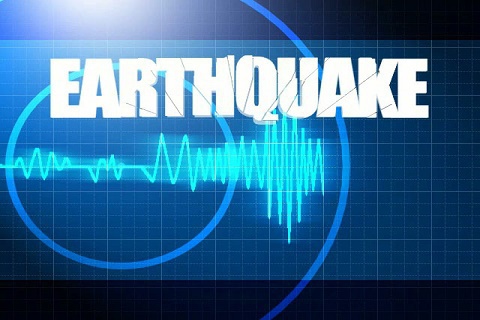Los Angeles: Scientists have reviewed the clinical testing methodologies used for detecting the presence of COVID-19 causing virus in patient samples, and believe that a combination of different approaches may be the best way to scale up and fill the gaps in diagnosis.
The researchers from the University of California (UC) Berkeley in the US call for further improvements in testing technologies to increase speed and availability.
According to the review research, published in the journal RNA, the most sensitive tests for novel coronavirus infection in patients measure the presence of the virus’ genetic material, RNA, which if detected suggests an ongoing infection.
The scientists said current testing approaches fall into two categories — nucleic-acid or serological.
Nucleic-acid tests, they said, directly probe for the RNA of viruses swabbed from a patient’s throat or nasal passage, while serological tests detect antibodies present in the patient’s serum.
“During the first days of infection, patient viral titers are high and a single patient nasopharyngeal swab may harbour close to 1 million SARS-COV-2 viral
particles,” the scientists explained in the study.
However, they said patient antibodies to the virus typically occur 5-10 days after the onset of initial symptoms.
According to the scientists, the nucleic-acid tests can detect the virus much earlier in the course of infection than the serological tests.
“Nucleic acid tests offer the earliest and most sensitive detection for the presence of SARS-CoV-2,” they noted.
One of the methods, the RT-PCR test, which has become a “gold standard” for diagnosis, takes hours to perform and requires specialised reagents, equipment, and training, the study noted.
Even since the first few weeks of the pandemic, the scientists said, required reagents have already been in short supply.
“Researchers and testing centers report issues acquiring almost every necessary reagent from commercial suppliers – from patient nasopharyngeal swabs to lysis buffer to RNA extraction kits,” they said.
The scientists noted that many such tests take several hours to complete and require extensive human labour as well as materials and equipment that are not universally available.
New methods in which one or two cumbersome steps can be eliminated, may reduce the overall time for testing, they said.
Citing an example, the researchers said testing for SARS-CoV-2 viral RNA typically begins with the collection of a patient swab sample which is lysed and viral RNA is purified.
They said there’s growing interest in finding alternative strategies or eliminating RNA purification altogether by adding patient swab samples directly to the RT-PCR reaction.
When the scientists assessed the different testing approaches, they found that some tests take minutes, some take hours, with many done in different ways.
They said these tests vary in cost and potential for mass use.
A scalable, rapid screening platform will be required to deliver millions of tests per day, the scientists said.
“Pre-print and published articles from the past several months describe a variety of options for rapid, affordable, sensitive, and high-throughput nucleic acid testing, which is currently the most reliable approach for early detection of SARS-CoV-2,” they wrote in the study.
The researchers believe that creative and multifaceted approaches to viral nucleic-acid testing will continue to provide solutions to addresses the COVID-19 pandemic.








